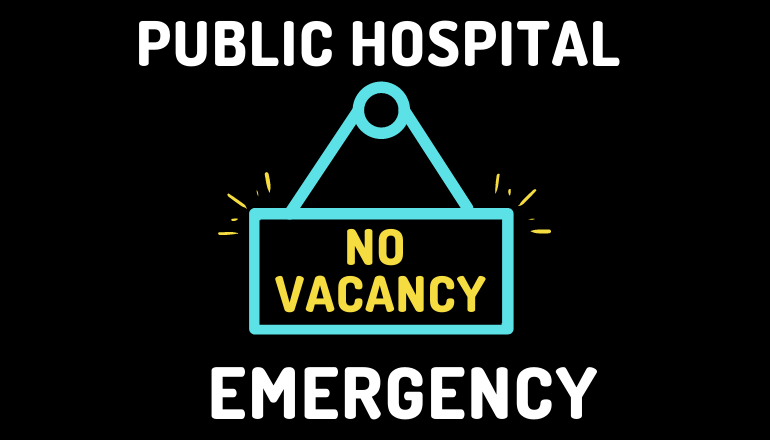Urgent reform needed for broken public hospital system
AMA President Dr Omar Khorshid says it is unacceptable that in a country such as Australia, people are waiting in the back of ambulances outside hospitals.

|
The public hospital system is in crisis and National Cabinet, which is meeting today, must urgently move to shared 50/50 Commonwealth-State funding and remove the artificial cap which stops the system meeting community demand, the AMA has said. “We need funding, so patients are cared for in beds, not trapped in the back of ramped ambulances. We cannot as a country accept this any longer,” AMA President Omar Khorshid said. This week there has been record-breaking ambulance ramping in Perth and a delay in elective surgeries due to the overwhelming demand was announced in WA. Dr Khorshid said right across the country there continued to be disturbing accounts of hospitals unable to cope. “Our hospital performance continues to decline. Prior to the pandemic Australians were waiting 41 days for elective surgery – eight days longer than in 2008-09. We’ve got the lowest rate of beds per 1,000 people over the age of 65 years. It’s declined 26 years in a row. “Emergency department performance, as outlined in the AMA’s Public Hospital Report Card, has also declined in recent years. “National Cabinet should take this opportunity to urgently reform public hospital funding because hospitals are not just a ‘State’ issue, nor a ‘Federal’ issue – they are a ‘National’ issue. It requires national leadership and we need the Prime Minister and Premiers, and all Health ministers, to work together. “Urgent funding is required to expand the capacity of our hospitals and reduce demand so we have hospital beds for all who need them, rather than the current system which incentivises the through-put of large numbers of patients, and in so doing clogs up the system,” Dr Khorshid said. He said under the National Health Reform Agreement, the Commonwealth caps its increased contribution to public hospitals to 6.5 per cent growth year on year, limiting the ability of states to respond to demand. “While the current activity-based funding model has achieved some positive outcomes, such as improved transparency and efficiency, it was designed to work alongside other funding mechanisms, including funding to improve performance and expand capacity. “Doctors are sick of hearing about ‘record’ funding – AMA’s own analysis shows the current mechanism has literally stripped away billions in funding - just from inadequate indexation and caps on funding. “Select performance targets should be reintroduced and monitored with the goal of at least reversing the decline in performance. The funding would be in addition to, and separate from, activity-based funding,” Dr Khorshid said.
|



